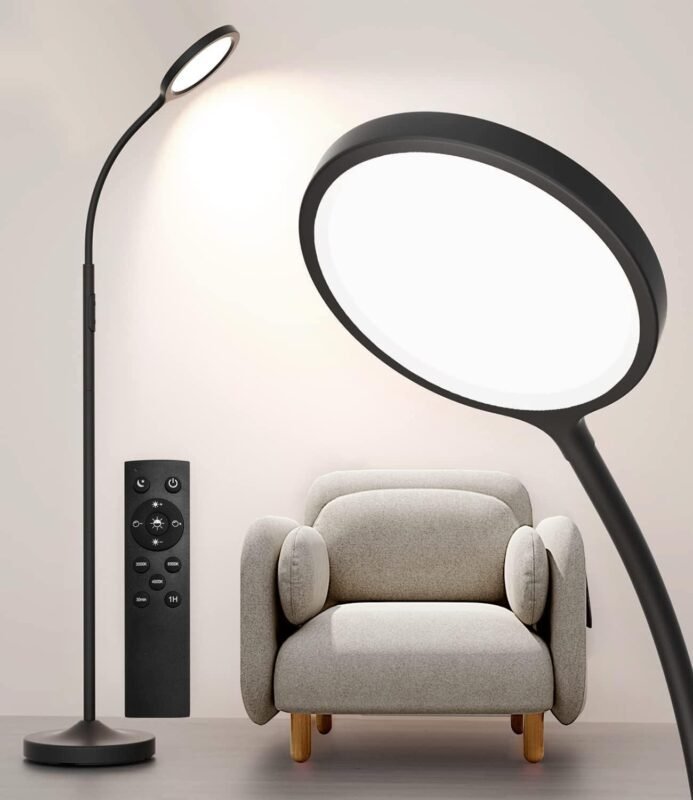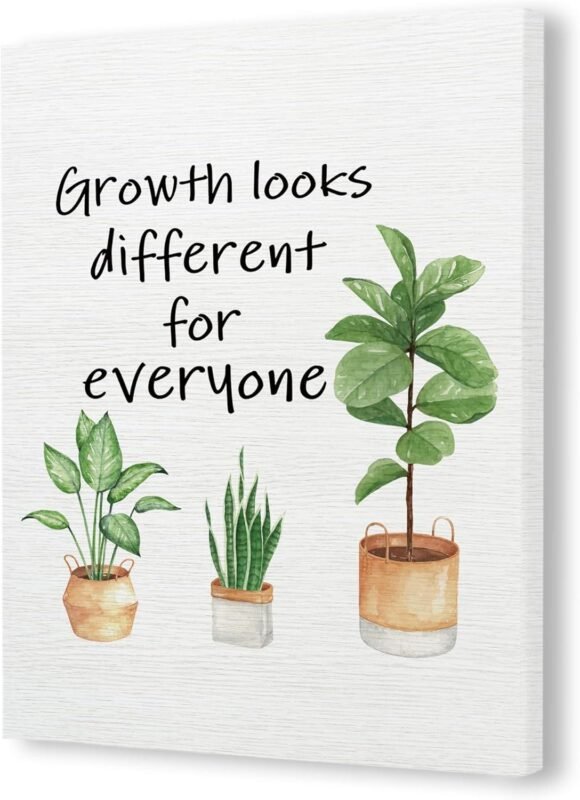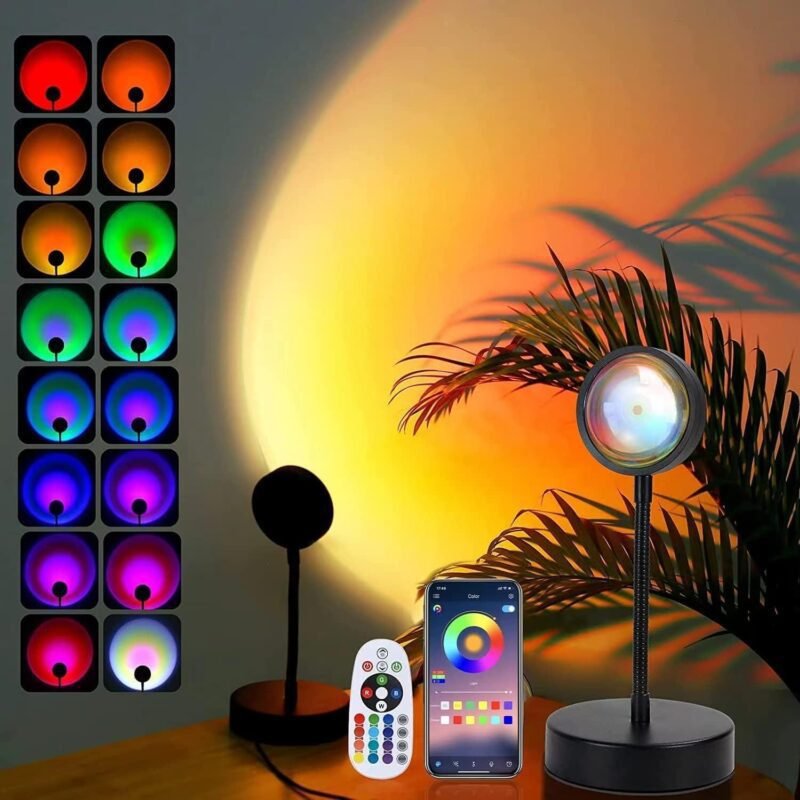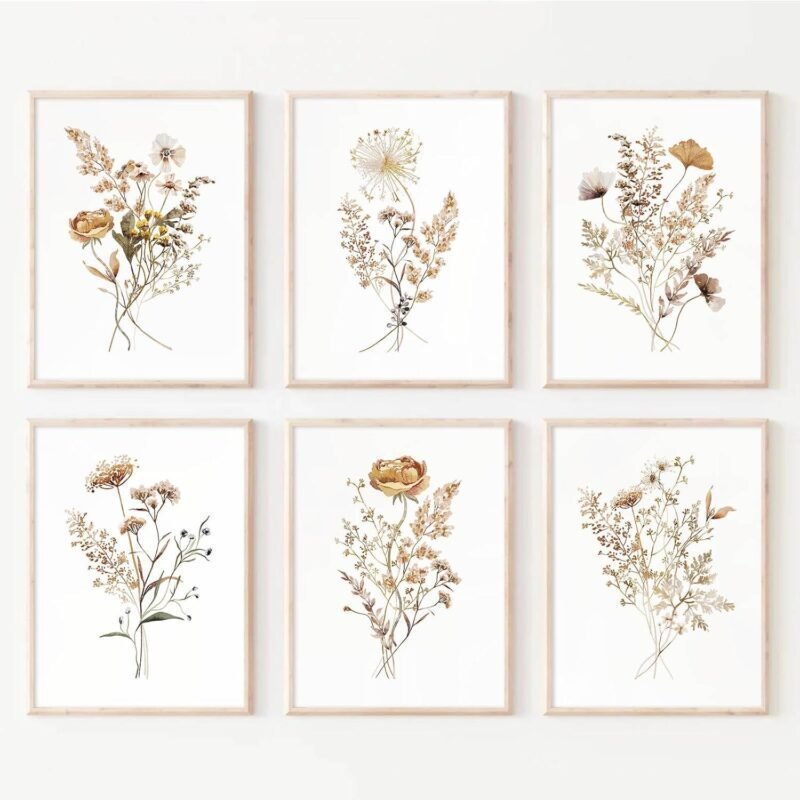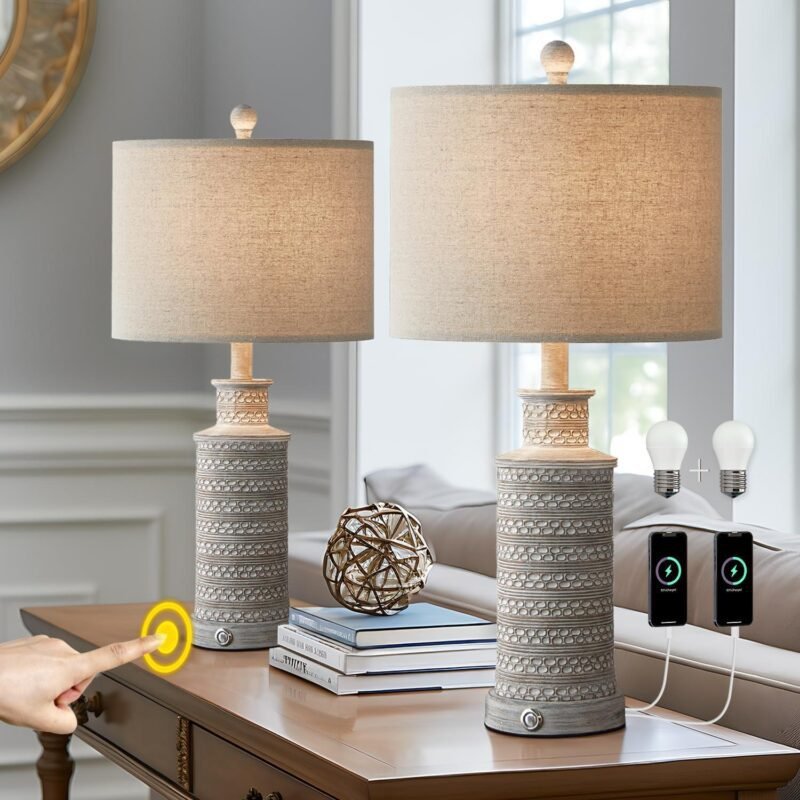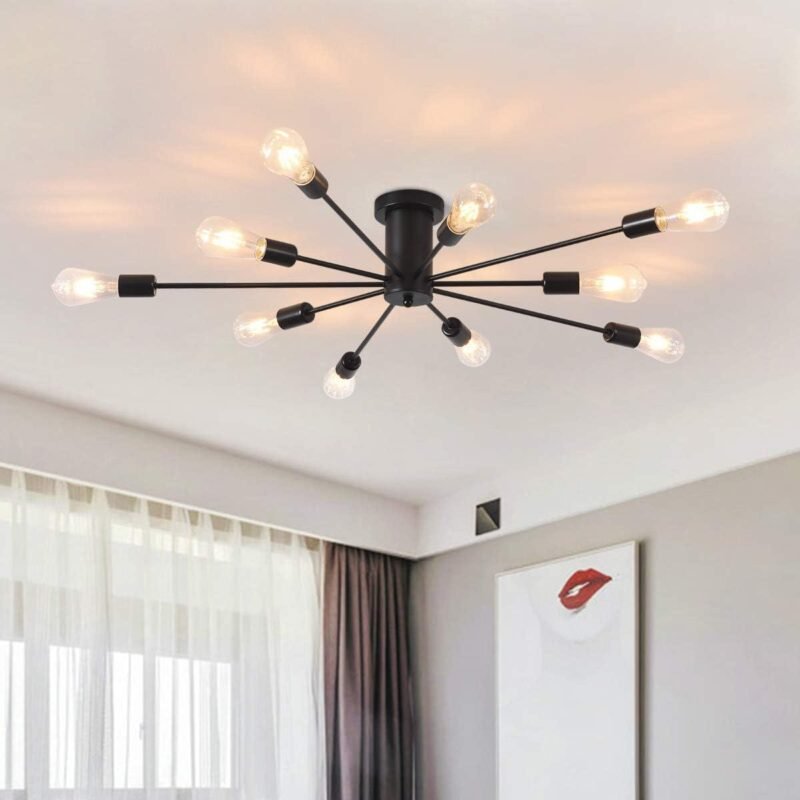How can I create a cohesive look in my living room decor?
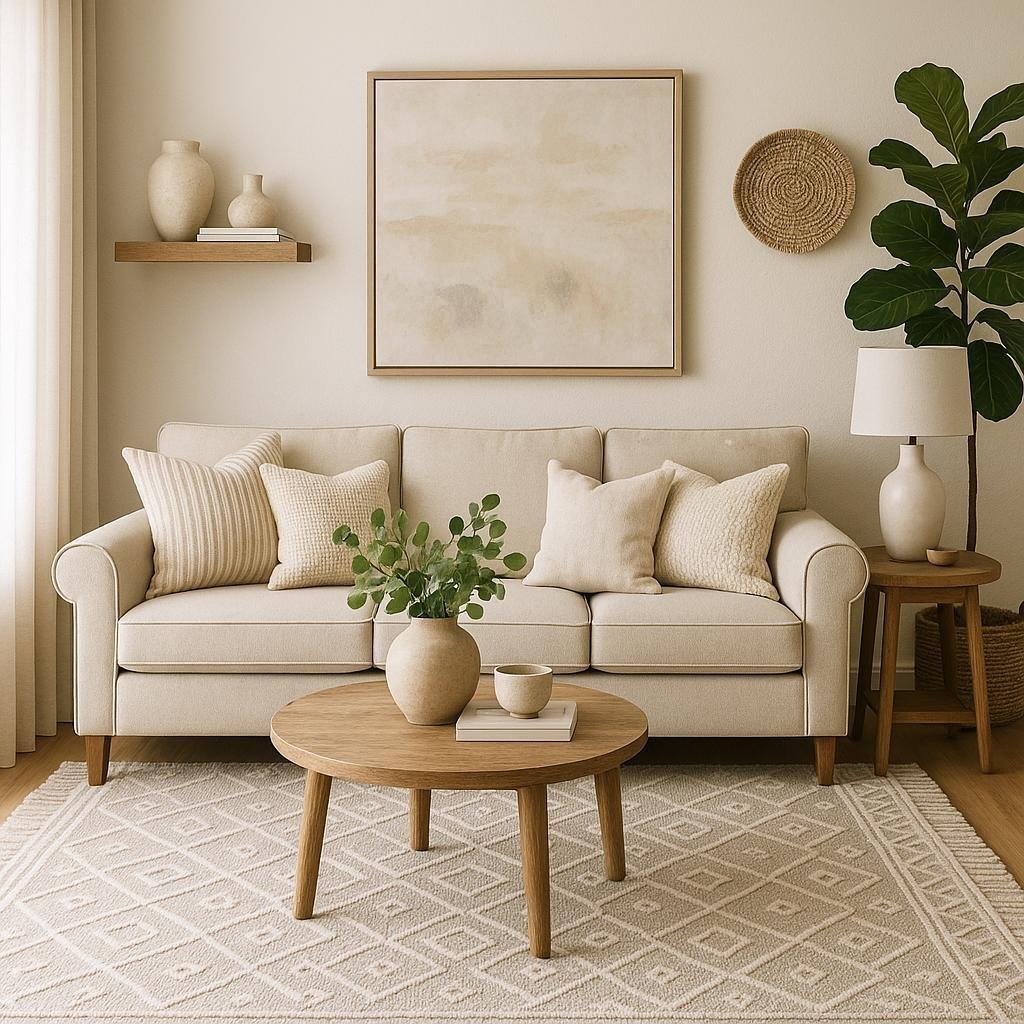
Creating a harmonious and inviting living room can sometimes feel like a daunting task,especially when faced with countless design choices. How do you bring together different elements-furniture, colors, textures, and accessories-so they work seamlessly as one? The key lies in achieving a cohesive look that reflects your personal style while creating a balanced and cozy space.In this article, we’ll explore practical tips and simple strategies to help you design a living room that feels thoughtfully put together, welcoming, and uniquely yours. Whether you’re starting from scratch or refreshing your current decor,these ideas will guide you toward a beautifully unified space.
Choosing a Harmonious Color palette That Ties Everything Together
selecting a color palette that resonates throughout your living room can transform the space into a unified sanctuary. Start by choosing a base color that reflects the mood you want to create-whether it’s calming blues,warm neutrals,or vibrant earth tones. From there, incorporate accent colors that complement your base to add depth and personality. Remember, color harmony is about balance: too many bold shades can clash, while too few can feel flat. A clever mix of neutrals, mid-tones, and pops of color will maintain interest without overwhelming the senses.
To make your palette work for all elements-from walls to textiles and accessories-consider the following:
- Use the 60-30-10 rule: 60% dominant color (walls), 30% secondary color (furniture), and 10% accent color (decor and cushions).
- Incorporate textures: Different materials in the same color family (like a velvet throw and a linen curtain) can add layers of warmth.
- Test samples in natural light: colors shift depending on time of day and lighting, so view swatches at various times to ensure harmony.
| Color Type | Examples | Effect |
|---|---|---|
| base | Soft Beige, Pale Gray | Creates a neutral backdrop |
| Secondary | Teal, Mustard | Adds warmth and vibrancy |
| Accent | Burnt Orange, Navy Blue | Provides pops of personality |
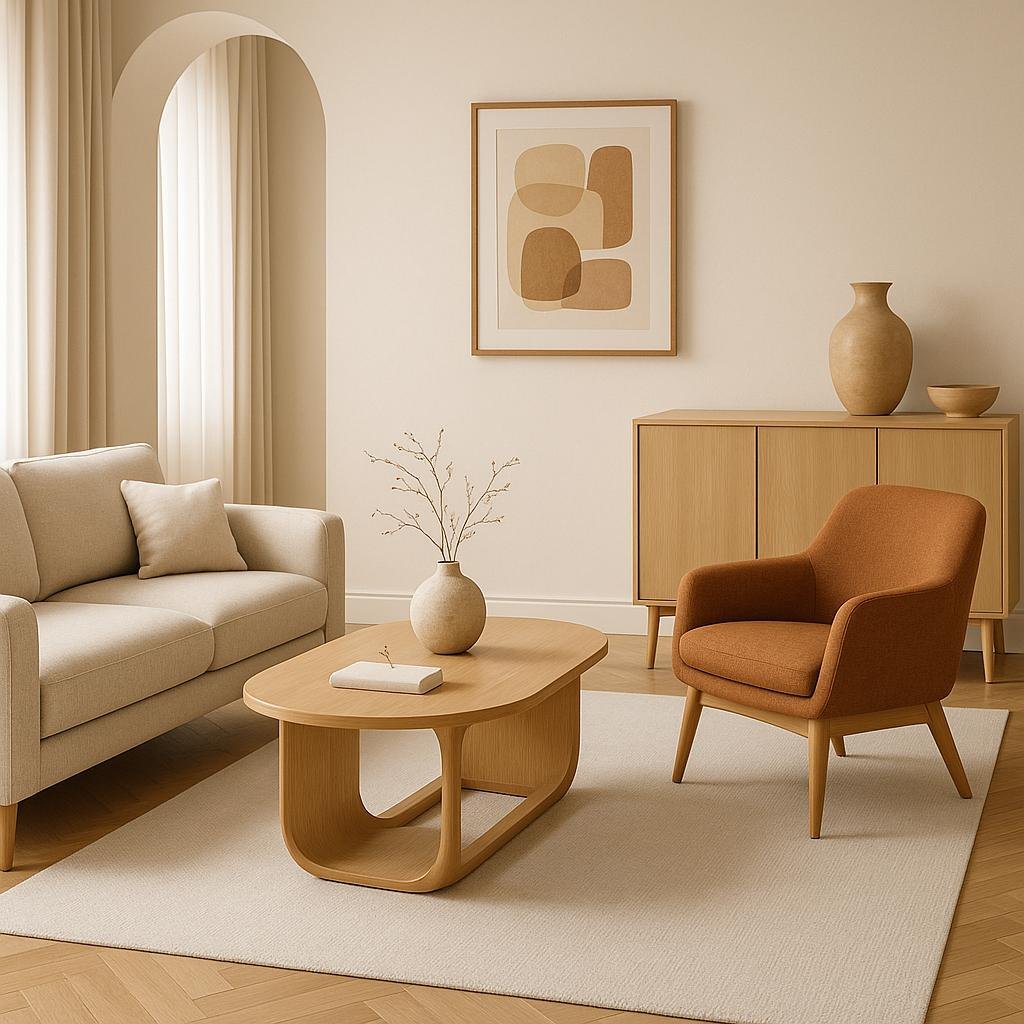
Selecting Furniture Pieces That Complement Each Other and Enhance Flow
When choosing furniture, aim for pieces that not only serve their function but also work harmoniously together to create a balanced atmosphere.Consider the scale and proportion of each item; oversized sofas paired with tiny side tables can disrupt the visual flow. Stick to a complementary color palette and coordinate upholstery textures to enhance cohesion. As a notable example, mixing a velvet armchair with a linen sofa in related shades adds richness without chaos. Don’t be afraid to incorporate statement pieces, but ensure they resonate with the overall style and color scheme to maintain unity.
Arranging your furniture with flow in mind means facilitating easy movement and sightlines throughout the room. avoid placing bulky items in high-traffic pathways or blocking natural light sources. Use rugs and lighting strategically to anchor furniture groups and subtly define zones within the living space. Here’s a simple table summarizing key considerations:
| Aspect | Tip |
|---|---|
| Scale & Proportion | Balance large and small pieces |
| Color & Texture | Coordinate palettes and fabrics |
| Placement | Keep clear pathways and views |
| Zoning | Use rugs and lighting to define areas |

Incorporating Textures and Patterns to Add Depth and Interest
Adding textures and patterns to your living room can transform a flat space into a vibrant and inviting retreat. Start by mixing tactile fabrics like velvet, woven wool, or linen on your cushions, throws, and rugs. These materials don’t just look appealing-they invite touch and create an intimate atmosphere. Remember to balance soft textures with smooth finishes, such as a sleek leather sofa or a glass coffee table, to keep the room feeling dynamic and not overwhelming.
patterns add an exciting visual rhythm to your design without overpowering the space. Try integrating patterns in layers through different elements:
- complementary throw pillows with subtle geometric shapes
- Bold, patterned curtains that tie back to accent colors
- Area rugs that anchor the seating arrangement
- Artwork or wallpaper with repeating motifs for a focal point
| Texture | Pattern type | Suggested Use |
|---|---|---|
| Velvet | Solid or tonal | Accent pillows |
| Woven Wool | Chevron or herringbone | Throw blankets, rugs |
| Linen | Subtle stripes | Drapes, slipcovers |
| Cotton | Botanical prints | Curtains, cushions |
Integrate these elements thoughtfully, ensuring that patterns share a color palette for cohesion. This approach brings depth and interest to your living room, making the space feel both harmonious and full of character.
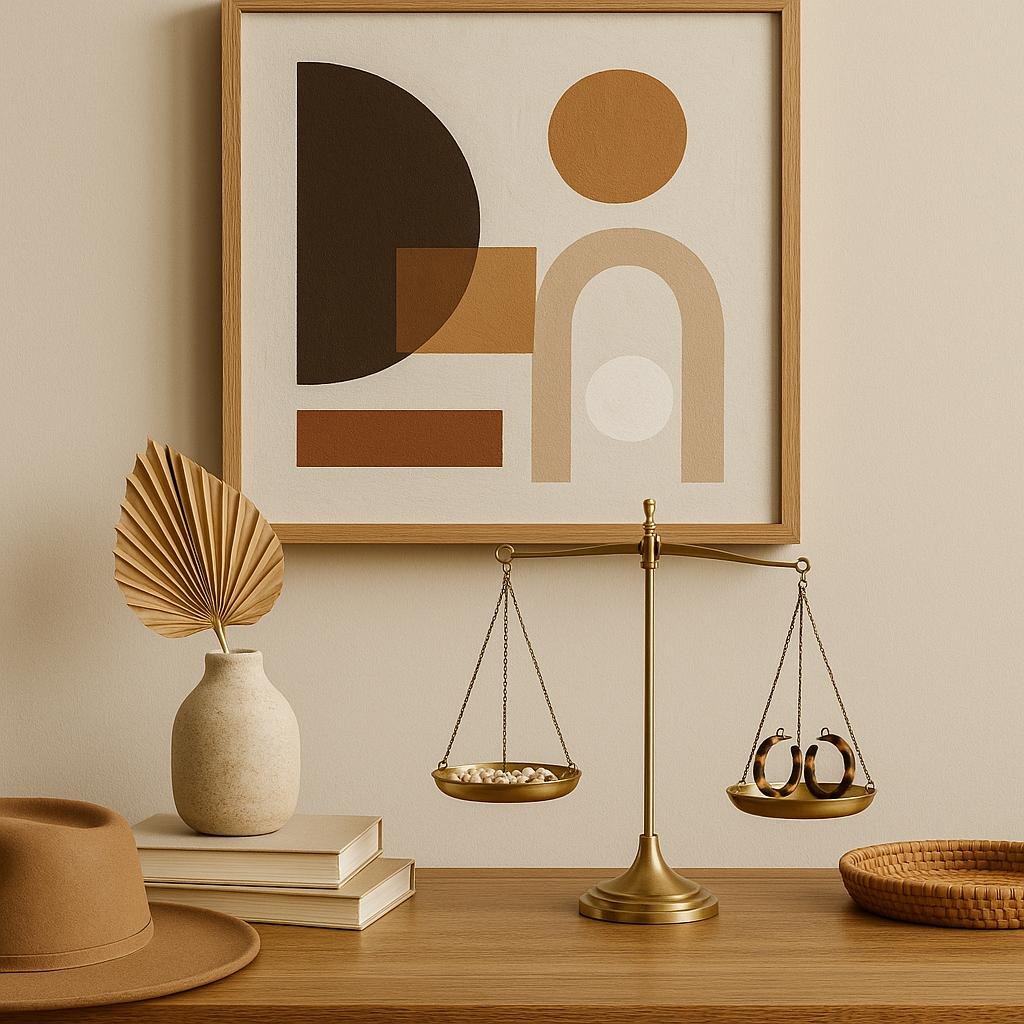
Balancing accessories and Art for a Unified and Personal Touch
Striking the perfect harmony between accessories and art is essential to infuse your living room with personality while maintaining a cohesive vibe. Start by choosing a consistent color palette that ties your artwork and decorative items together without overwhelming the senses. Such as, if your wall art features jewel tones, consider accessories like throw pillows or vases in complementary or neutral shades. This technique anchors the room’s aesthetic and allows each piece to shine without competing.
Consider a curated approach by mixing different textures and sizes to add depth and intrigue. Here are some practical tips to keep your living room balanced:
- Anchor large pieces: Use statement art or a bold accessory as a room’s focal point.
- Repeat patterns or colors: Mirrors,rugs,and small accents that echo colors in your art create rhythm.
- Vary heights and scales: Mix low-lying objects with tall sculptures or framed works to achieve dynamic visual layers.
| Accessory type | Purpose | Style Tips |
|---|---|---|
| Throw Pillows | Add comfort and bursts of color | Match with dominant art hues |
| Decorative Vases | Introduce texture and shape | Choose neutral or accent shades |
| Framed Prints | Personalize walls with theme | Use consistent frame style |
Insights and Conclusions
Creating a cohesive look in your living room decor doesn’t have to be elaborate. By thoughtfully choosing a harmonious color palette, balancing textures, and selecting pieces that complement one another, you can transform your space into a unified and inviting environment. Remember, the key is to blend your personal style with design principles that create flow and balance. With a little planning and creativity, your living room will become a beautiful reflection of both comfort and cohesion. Happy decorating!

